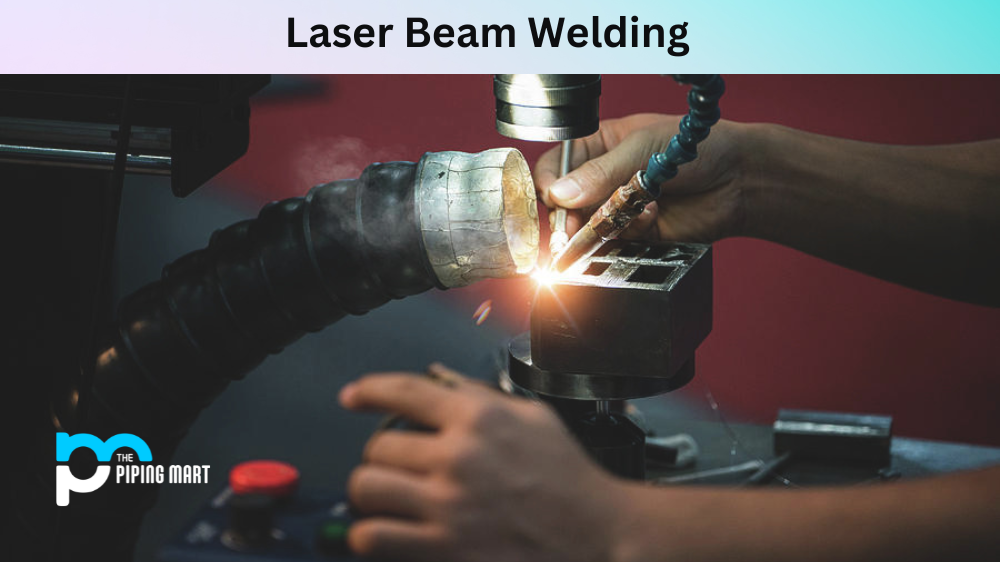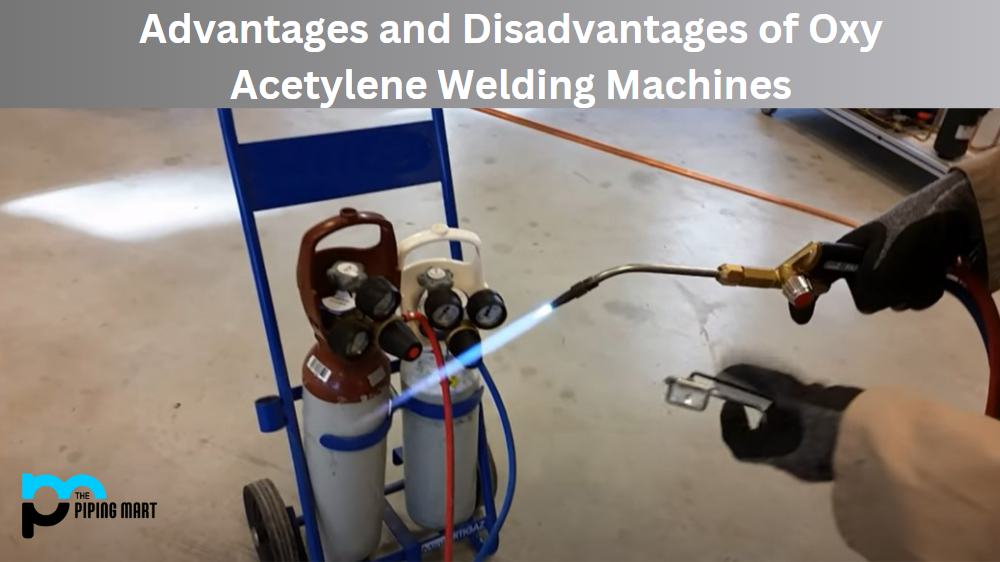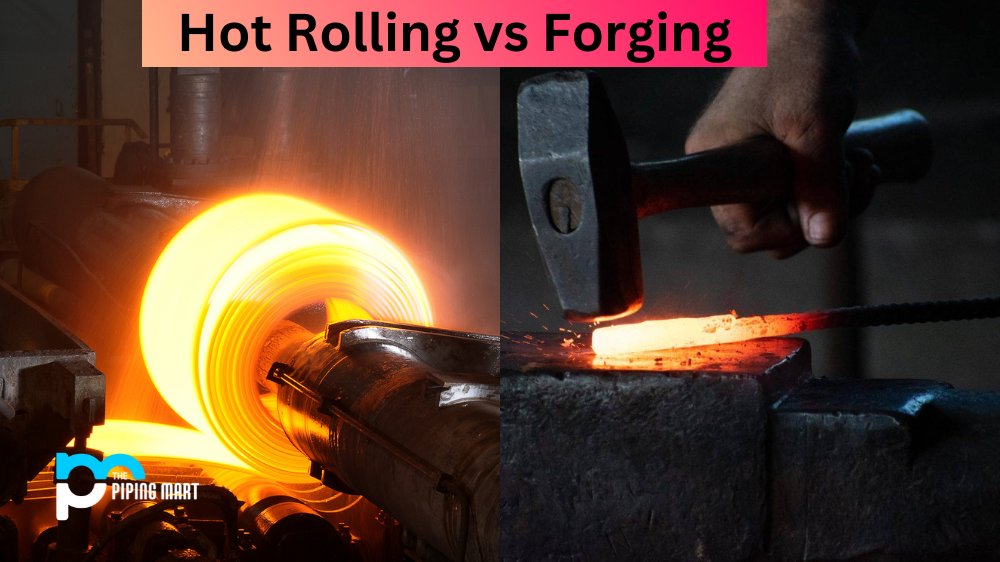Forging is a manufacturing process that involves using a hammer, press, or screw press to shape metal into a specific form. This process creates strong and durable products, such as automotive parts, aerospace components, and industrial machinery. However, like any other manufacturing process, forging may also have some flaws that could affect the quality of the end product. This blog look at different types of forging defects and how they can be avoided.
Inclusions
Inclusions are nonmetallic substances embedded within the metal during the forging process. These substances can cause cracks or voids in the metal, thus weakening the final product. Inclusions often occur due to poor-quality materials, improper handling of the metal, or ineffective cleaning processes. To avoid inclusions, manufacturers must use high-quality raw materials, ensure proper metal handling, and use efficient cleaning processes.
Surface Deformation
Surface deformation is a forging defect in which the material’s surface does not have a smooth finish. This defect can result from inadequate lubrication of the die, poor die design, or inadequate metal flow during the forging process. The best way to avoid surface deformation is to use adequate lubrication, have a proper die design, and ensure proper metal flow.
Scale Formation
Scale formation is a forging defect that results in the formation of oxide layers on the surface of the metal. High temperatures cause this defect during the forging process, which can cause the metal’s surface to oxidize. Scale formation can lead to internal cracking, roughness, and corrosion. Manufacturers must use proper temperature and cooling control techniques to avoid scale formation.
Cracks
Cracks are one of the most common forging defects during the forging process. Damages can result from various factors, such as poor design, inadequate lubrication, incorrect temperature, and uneven metal distribution. Manufacturers can prevent the occurrence of cracks by using proper techniques and creating a uniform metal distribution.
Underfill
Underfill is a forging defect in which the metal is not adequately filled into the die cavity. This defect can occur due to poor metal flow, insufficient pressure, or improper die design. Underfills can result in a weak product and may cause it to break under stress. To avoid underfill, manufacturers must ensure proper metal flow, use adequate pressure, and have precise die designs.
Cold shuts
Cold shuts are a common forging defect that can occur during manufacturing. This defect is characterized by an incomplete fusion or bonding of the two sides of a metal part. It is caused by improper metal flow during the forging process, resulting in a seam or crack in the finished product. It is essential to prioritize the proper forging techniques and ensure that metal flows smoothly to avoid cold shuts. Quality control measures must be in place to detect and correct any defects before they leave the manufacturing facility to ensure product safety and reliability.
Flakes
Flakes are a common forging defect that can significantly impact the quality and integrity of a forged product. These defects occur when there is excessive segregation of nonmetallic inclusions within the steel, resulting in weak and brittle areas. As an expert in forging, it is essential to understand the causes and prevention of flakes to produce high-quality, reliable products. With proper understanding and attention to detail, you can ensure that your forged items are free from the detrimental effects of flakes.
Conclusion
By understanding the different types of forging defects and how to avoid them, manufacturers can ensure that the final product is of high quality and meets the desired specifications. Proper metal handling, high-quality raw materials, and efficient cleaning processes can prevent inclusions. Adequate lubrication, suitable die design, and good metal flow can help avoid surface deformation. Insufficient temperature and cooling control techniques can prevent scale formation. Using acceptable methods and creating uniform metal distribution can prevent cracks and underfills. By taking these measures, manufacturers can minimize costs associated with defects, reduce waste, and improve the overall quality of their products.

Meet Bhavesh, a seasoned blogger with a wealth of knowledge and experience. From metal products manufacturing to retail, Bhavesh has a diverse background in various industries and is dedicated to sharing his insights and expertise with readers.




